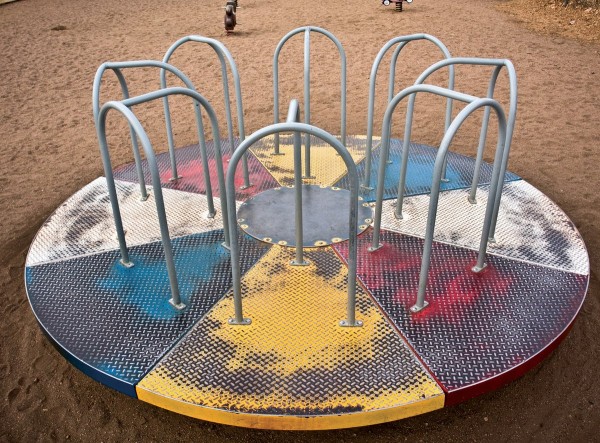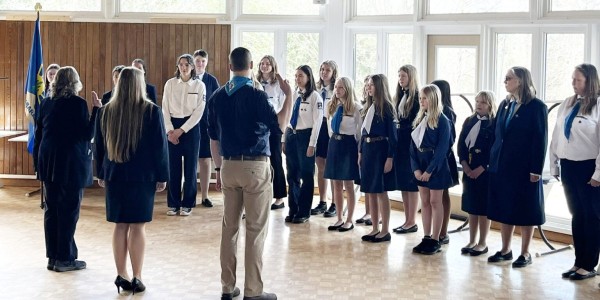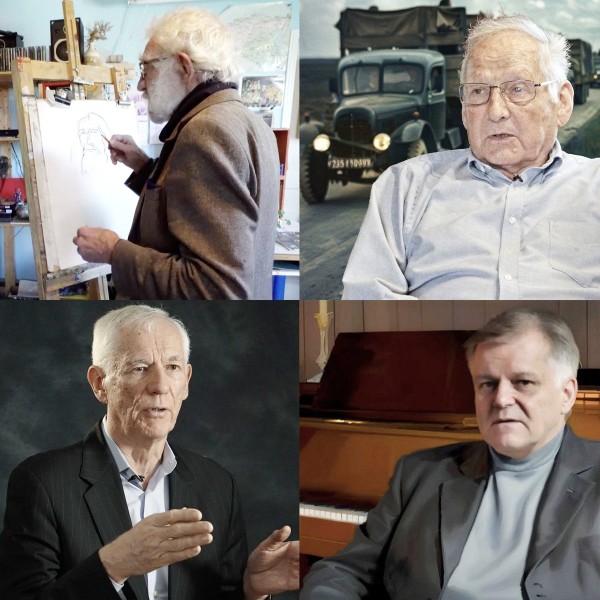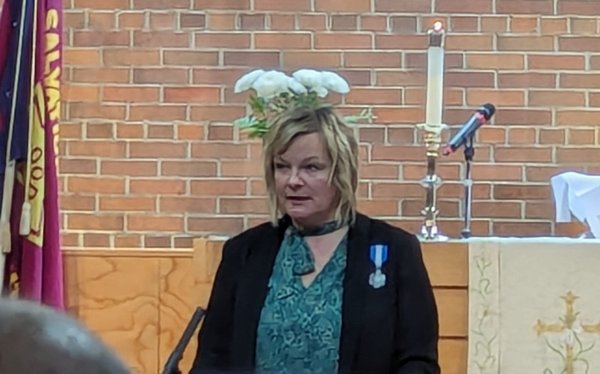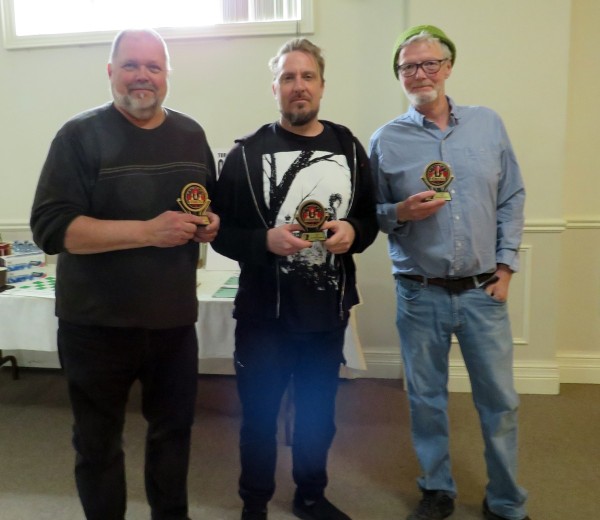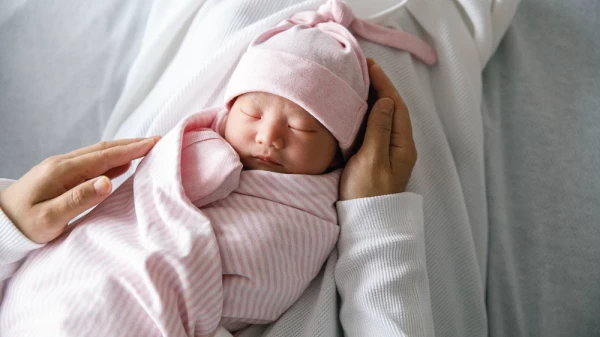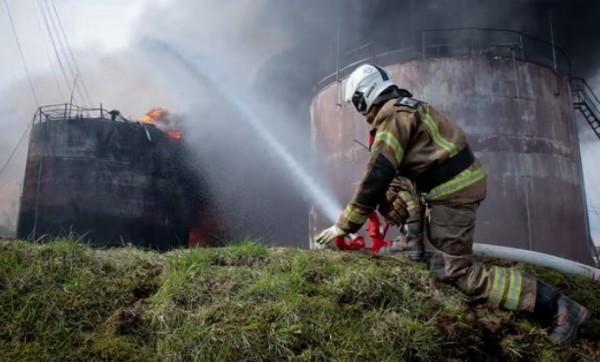We will endure over time!
As soon as the Estonian House moved into its new home, the question of planning an addition arose. The Estonian Supplementary Schools realized right away that the old schoolhouse did not offer enough room, as some students had to stay at the Keele Street School. In mutual understanding and cooperation, they awaited the building of an addition. (H. Lupp, “Eesti Kool ja Eesti Maja.”) In May 1960, the Estonian House executive created a commission consisting of N. Valge, Estonian House chairman, J. Kadai and A. Sepa. Architect E. Tampõld prepared preliminary drawings for an impressive building with a 1,100 seat main hall, but this was replaced with a more modest design by J. Bach, due to lack of resources.
At a May 25, 1962 meeting, shareholders felt the existing building would suffice, but in September of that year, voted overwhelmingly, 1490 to 3, to approve the project! The 4,000 sq. ft. addition was to contain a 400-seat hall, schoolrooms in the basement, a café and other rooms. (E. Eerme, “Aja ja sündmuste lood Toronto Eesti Maja saamisest.”) Endel Ott, chairman in 1957-58, found the solution too modest to fulfill our nationalistic goals. P. Naaber was more prudent and realistic. The addition was funded with one third existing capital, two thirds loan. The loan limit was $50,000, so as not to create a future monetary burden. Less than half of all Estonian households were shareholders at the beginning of the project. (P. Naaber, “Eesti Maja, eestluse kants.”)
The cornerstone laying ceremony, with Reverend A. Raidur, took place on April 20, 1963. On April 28th were the opening ceremonies of the “grand hall” (suur saal). On the 3rd of July, all the Toronto Estonian organizations met to discuss a large exhibition “20 Years of Freedom Abroad”, part of the upcoming third North American Estonian Days festival.
The addition was tastefully designed in the Scandinavian style, using natural materials; red brick walls, wood clad ceilings, and laminated wood pillars and beams. The work was directed by A. Piirsalu. (G. Laikve, “Eesti Maja juurdeehitused.”) At the opening ceremonies, the chairman of the Estonian House executive, N. Valge, thanked all the individuals and organizations that had helped, saying we had achieved our goal of being masters in our own home – “Oma tuba, oma luba!” In March of 1969, after years of fundraising efforts, the original mortgage was paid off. In 1977, the Ontario Minister of Economics presented the Estonian House with a cheque for $69,035, thus clearing the debt for the new addition. (E. Veskimets & S. Luitsalu-Valge, “Kuidas Eesti Maja võlavabaks sai.”)
Activity in the Estonian House developed at a quick pace, and a new space shortage loomed. In 1971, Ilmar Heinsoo was appointed Honorary Consul of Estonia and the Estonian Consulate was established. (J. Tanner, “Eesti Maja sündmuste kronoloogia.”) Room was needed for the Consulate, the Estonian (Toronto) Credit Union, the Estonian Relief Committee gift shop, the Estonian Central Archives, and the Estonian Central Council of Canada. Architect Guido Laikve offered three solutions: the acquisition of a new, roomier building, another addition, or replacing the existing building with a higher one. In 1974, the executive approved the construction of a four storey façade, completed in 1976. The work was again directed by A. Piirsalu. The building gained 7,500 sq. ft. of room, a spacious lobby, a gift shop and office for the Estonian Relief Committee on the main floor, offices and bank rooms on the second floor, a room for youth activities on the fourth floor, and the Estonian Central Archives and Estonian Publishing House in the basement.
A welcome addition, especially for older Estonians, was the 1996 addition of an elevator, designed by A. Allas’ architectural firm and funded by the Estonian Credit Union. (G. Laikve, “Eesti Maja juurdeehitused.”) Fundraising activities in 1997 helped build a large, main floor kitchen and renovate the “Crystal” Hall. (J. Tanner, “Eesti Maja sündmuste kronoloogia.”) In the spring of 2005, Marlene Kuutan set up a committee that successfully raised funds for a new piano. Already that fall, we enjoyed our first concert played on the prestigious “Estonia” piano.
The Toronto Estonian House is our home, built as a labour of love in hope and belief in the endurance of our people. Through this faith, the poetic words that were engraved into the building’s cornerstone “We will endure over time!” (Meie kestame üle aja!) truly find their meaning.
Taken from “Eesti Maja Torontos” - 1963, “Eesti Maja Torontos 1950 – 2000” and “Uus algus”, Robert Kreem’s memoirs.
Event tickets available at the Estonian House office, 416-461-7963, and .
Rev. KALLE KADAKAS
The Anniversary Committee

Toronto’s Estonian House - 50 enthusiastic years! Part IV
Eestlased Kanadas | 09 Apr 2010 | Kalle KadakasEesti Elu
Eestlased Kanadas
TRENDING






